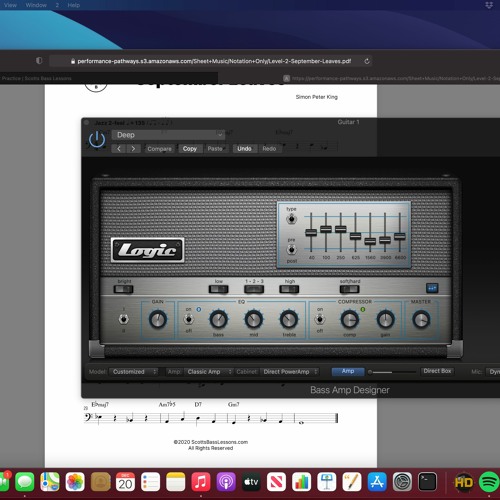mongey
Well-Known Member
Im a self taught jazz dabb'ler. Get a real/fake book and learn some standards. you'll learn all the extended chords, 7ths, 9ths, 11ths, 13 .
the practice soloing over them focusing on the extended chord tones
goes a long way to getting your head around a vocabulary
the practice soloing over them focusing on the extended chord tones
goes a long way to getting your head around a vocabulary


